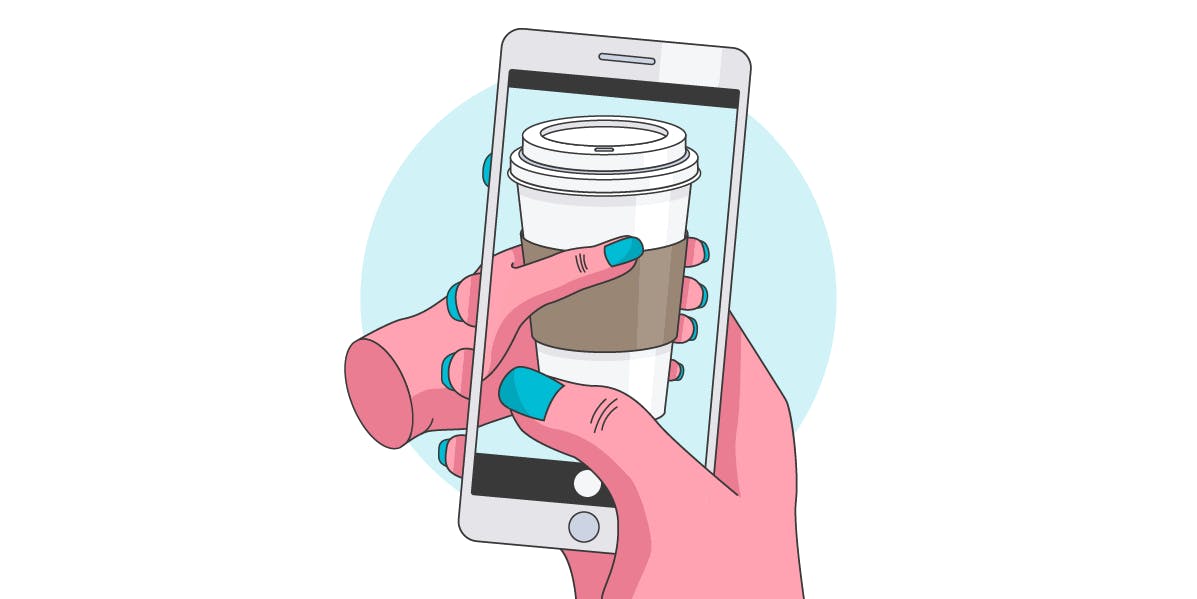2019 was a banner year for influencer marketing. According to a recent report published by Ad Age Studio 30, influencer marketing spend in North America was at least $2bn this year, and some estimates have that figure much higher. And growth in spend, which is estimated to be anywhere from 41% to 95%, is stupendous.
As one would expect, the influencers who make influencer marketing possible had a very good year too. The best example of that: mega-influencer Kylie Jenner sold a 51% stake in her cosmetics company, Kylie Cosmetics, to beauty giant Coty for a whopping $600m.
While other influencers have launched brands of their own, the fact that Jenner was able to build hers into a real business that a major company was willing to pay more than half a billion dollars for a stake in is a watershed moment as it proves that the value in influencer-created brands doesn’t just exist on paper.
At the same time, there is also the possibility that such a major deal could signal “peak influencer brand.” Obviously, there is only so much room for deals of this size, and as influencers, enticed by the success of Kylie Jenner, Huda Kattan and other high-profile influencer entrepreneurs, have flocked to launch their own brands, competition is fierce and the potential for oversaturation very real.
With this in mind, there are a number of things influencer-created brands will increasingly need if they are to be successful going forward.
(And remember, Econsultancy offers Influencer Marketing training courses as well as Social Media Best Practice Guides)







